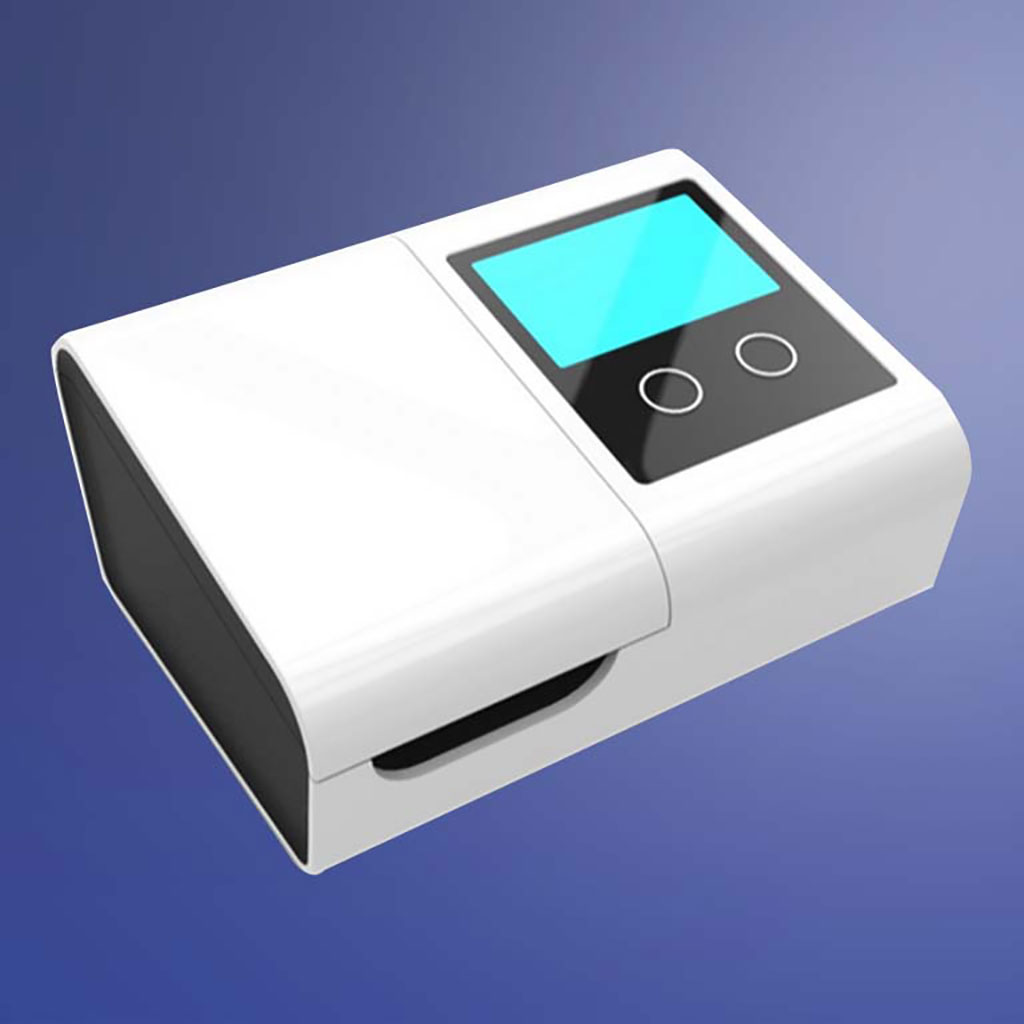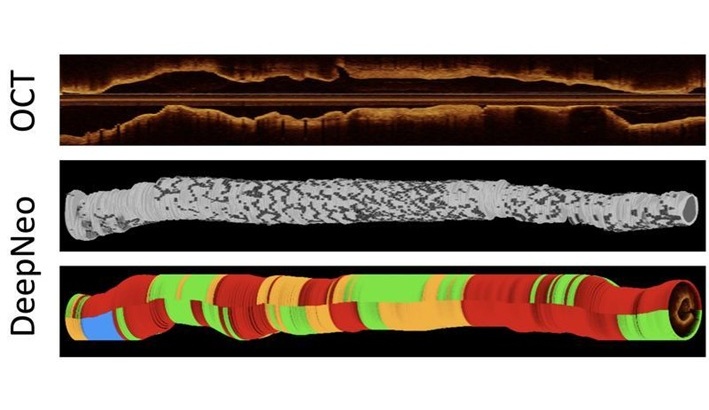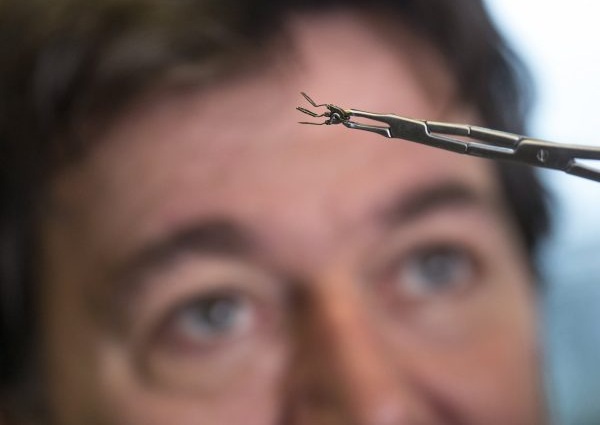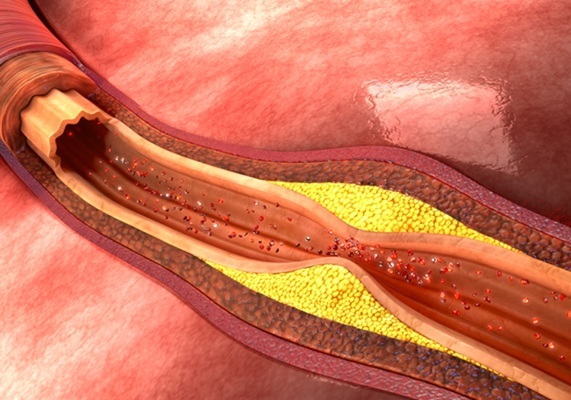20-Minute POC Test to Diagnose STIs from Rectal and Throat Swabs
|
By HospiMedica International staff writers Posted on 09 Jun 2023 |

Every day, over a million new cases of sexually transmitted infections (STIs) are identified across the globe, making diseases such as gonorrhea and Chlamydia significant health concerns. Although Chlamydia is the most frequently diagnosed STI, gonorrhea cases have also been on the rise. The World Health Organization (WHO) has reported a swift increase in multi-drug resistant gonorrhea, with almost all confirmed treatment failures linked to pharyngeal infections, impacting the throat. Traditional tests involve identifying DNA from swabs or urine samples, which require lab processing and could result in delays from several days to weeks between testing and result delivery. The extraction of DNA from rectal or pharyngeal swabs, however, presents more difficulties Now, a new testing platform technology is being optimized and validated to diagnose STIs from rectal and pharyngeal (throat) swabs.
Linear Diagnostics (Birmingham, UK), a University of Birmingham (Birmingham, UK) spinout, has received funding from the National Institute for Health and Care Research (NIHR, London, UK) to optimize and validate its LDx-CTNG platform technology. This innovative approach utilizes linear dichroism, where a beam of polarized light detects multiple targets from a single sample. The process works by detecting a shift in the plane of polarized light when a target is bound to a detector. Various molecular recognition methods can be used on the detector molecules to measure the target analytes of interest, such as using antibodies to detect antigens or oligonucleotides to capture corresponding target DNA sequences.
Linear Diagnostics' linear dichroism detection technology can identify short, rapidly synthesized DNA strands, enabling the utilization of EXPAR, an ultrafast DNA amplification method. This has drastically reduced the result delivery time compared to traditional PCR and simplified the necessary hardware due to the isothermal nature of EXPAR, which does not require complex heating and cooling cycles. The incorporation of dyes for multiplexing that absorb in the visible light spectrum has facilitated the use of affordable optical components, enabling the device to be miniaturized to a fully portable size. Moreover, the system can be operated using an internal rechargeable battery, eliminating dependence on main power sources or computer access. By pairing linear dichroism with a disposable cartridge and instrument, it is possible to perform simple point-of-care testing. A proof-of-concept study has already indicated that this technology can provide rapid and accurate diagnostic testing.
“For STIs, the rapidity of the testing procedure is key, as patients prefer to get test results quickly and start treatment immediately,” said Brendan Farrell, Chairman of Linear Diagnostics. “We are aiming to produce a testing platform that will meet the WHO stipulations of being easy to use with minimal training, so people can present for testing and collect their treatment in a single visit.”
Related Links:
Linear Diagnostics
University of Birmingham
NIHR
Latest Point of Care News
Channels
Critical Care
view channel
AI Model Analyzes Patient Data to Diagnose Multiple Sclerosis With 90% Accuracy
Multiple sclerosis (MS) is a chronic inflammatory condition affecting the central nervous system. Most patients initially experience the relapsing-remitting form (RRMS), characterized by periods of symptom... Read more
Magnetically Navigable Microparticles Enable Targeted Drug Delivery
Abdominal aortic aneurysms (AAA) can be life-threatening if not treated and result in nearly 10,000 deaths annually. Researchers working to improve treatments for AAA could now make it possible for doctors... Read more
AI-Powered Algorithm Automates Analysis of Coronary Stents After Implantation
Every year, over three million people globally receive stents to open blocked blood vessels caused by heart disease. However, monitoring the healing process after stent implantation remains a significant challenge.... Read moreSurgical Techniques
view channel
DNA Origami Improves Imaging of Dense Pancreatic Tissue for Cancer Detection and Treatment
One of the challenges of fighting pancreatic cancer is finding ways to penetrate the organ’s dense tissue to define the margins between malignant and normal tissue. Now, a new study uses DNA origami structures... Read more
Pioneering Sutureless Coronary Bypass Technology to Eliminate Open-Chest Procedures
In patients with coronary artery disease, certain blood vessels may be narrowed or blocked, requiring a stent or a bypass (also known as diversion) to restore blood flow to the heart. Bypass surgeries... Read more
Intravascular Imaging for Guiding Stent Implantation Ensures Safer Stenting Procedures
Patients diagnosed with coronary artery disease, which is caused by plaque accumulation within the arteries leading to chest pain, shortness of breath, and potential heart attacks, frequently undergo percutaneous... Read more
World's First AI Surgical Guidance Platform Allows Surgeons to Measure Success in Real-Time
Surgeons have always faced challenges in measuring their progress toward surgical goals during procedures. Traditionally, obtaining measurements required stepping out of the sterile environment to perform... Read morePatient Care
view channel
Portable Biosensor Platform to Reduce Hospital-Acquired Infections
Approximately 4 million patients in the European Union acquire healthcare-associated infections (HAIs) or nosocomial infections each year, with around 37,000 deaths directly resulting from these infections,... Read moreFirst-Of-Its-Kind Portable Germicidal Light Technology Disinfects High-Touch Clinical Surfaces in Seconds
Reducing healthcare-acquired infections (HAIs) remains a pressing issue within global healthcare systems. In the United States alone, 1.7 million patients contract HAIs annually, leading to approximately... Read more
Surgical Capacity Optimization Solution Helps Hospitals Boost OR Utilization
An innovative solution has the capability to transform surgical capacity utilization by targeting the root cause of surgical block time inefficiencies. Fujitsu Limited’s (Tokyo, Japan) Surgical Capacity... Read more
Game-Changing Innovation in Surgical Instrument Sterilization Significantly Improves OR Throughput
A groundbreaking innovation enables hospitals to significantly improve instrument processing time and throughput in operating rooms (ORs) and sterile processing departments. Turbett Surgical, Inc.... Read moreHealth IT
view channel
Printable Molecule-Selective Nanoparticles Enable Mass Production of Wearable Biosensors
The future of medicine is likely to focus on the personalization of healthcare—understanding exactly what an individual requires and delivering the appropriate combination of nutrients, metabolites, and... Read more
Smartwatches Could Detect Congestive Heart Failure
Diagnosing congestive heart failure (CHF) typically requires expensive and time-consuming imaging techniques like echocardiography, also known as cardiac ultrasound. Previously, detecting CHF by analyzing... Read moreBusiness
view channel
Expanded Collaboration to Transform OR Technology Through AI and Automation
The expansion of an existing collaboration between three leading companies aims to develop artificial intelligence (AI)-driven solutions for smart operating rooms with sophisticated monitoring and automation.... Read more
















